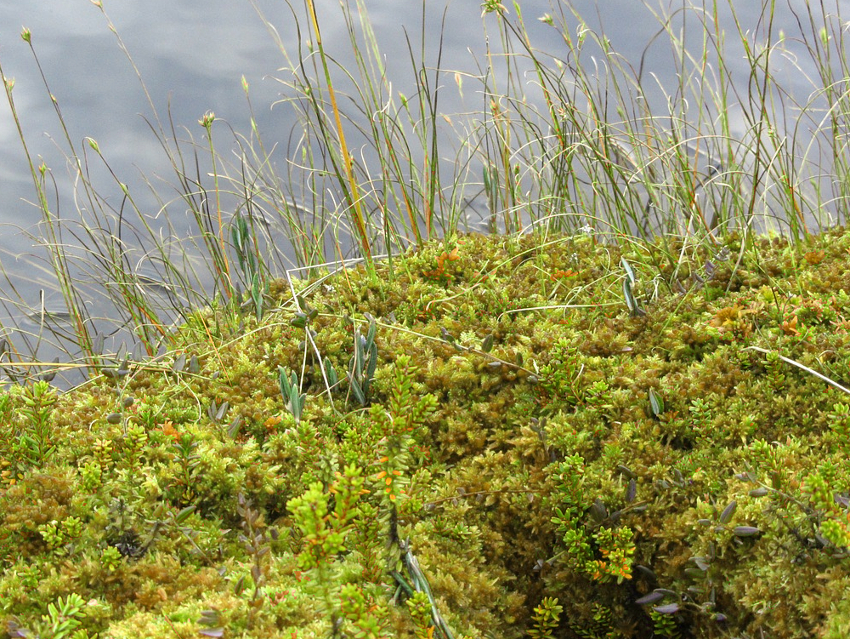Excessive levels of CO2 in the atmosphere represent a major environmental threat due to their contribution to climate change. Replacing fossil fuels and raw materials by biomass-derived products can help to tackle this problem because CO2 is consumed in the production of biomass.
Biomass pyrolysis is a promising approach for the conversion of biomass to value-added products. It does not depend on specific components, such as sugars or lipids, which are necessary for other processes that generate biomass-derived products. Plant material which is not suitable as a human food source can be used, which minimizes competition with food production. One example of such a plant is peat moss, which grows in permafrost areas sustaining little other plant life.
Eilhann E. Kwon, Sejong University, Seoul, Republic of Korea, and colleagues have developed a process that uses CO2 as an oxidant for the catalytic pyrolysis of peat moss. This process provides syngas (a mixture of H2 and CO) as well as porous biochars that can absorb CO2 and remove it from the atmosphere. The team dried Canadian peat moss samples at 105 °C and then ground them using a ball mill. The pyrolysis was performed in a tubular furnace, with steel slag from iron-processing waste as a catalyst. Volatile products were identified using gas chromatography–mass spectrometry (GC-MS) and the solid residue was characterized by X-ray fluorescence spectrometry.
The researchers found that the use of CO2 gas led to higher CO yields and to biochars with larger surface areas compared with pyrolysis under nitrogen. Without the catalyst, the desired conversion was only observed at temperatures above 530 °C. After addition of steel slag as a catalyst, good performance was observed at lower temperatures. The approach is promising for the conversion of different high-molecular-weight materials to useful products using CO2 and cheap iron-processing waste.
- Using CO2 as an Oxidant in the Catalytic Pyrolysis of Peat Moss from the North Polar Region,
Taewoo Lee, Sungyup Jung, Jinkyu Hong, Chi-Hwa Wang, Daniel S. Alessi, Sang Soo Lee, Young-Kwon Park, Eilhann E. Kwon,
Environ. Sci. Technol. 2020.
https://doi.org/10.1021/acs.est.0c01862




